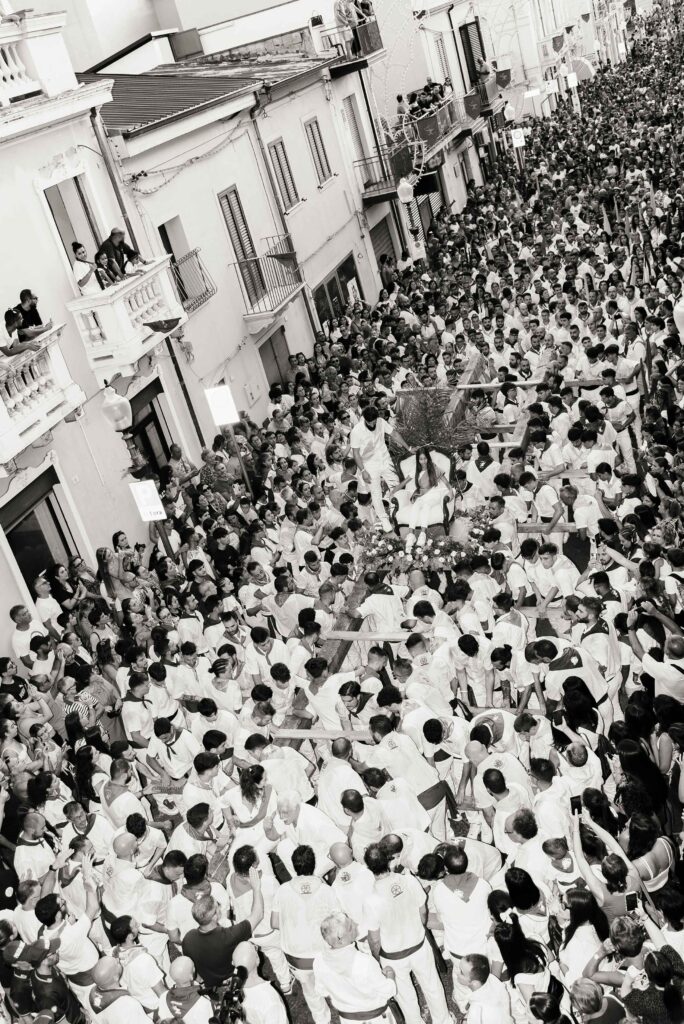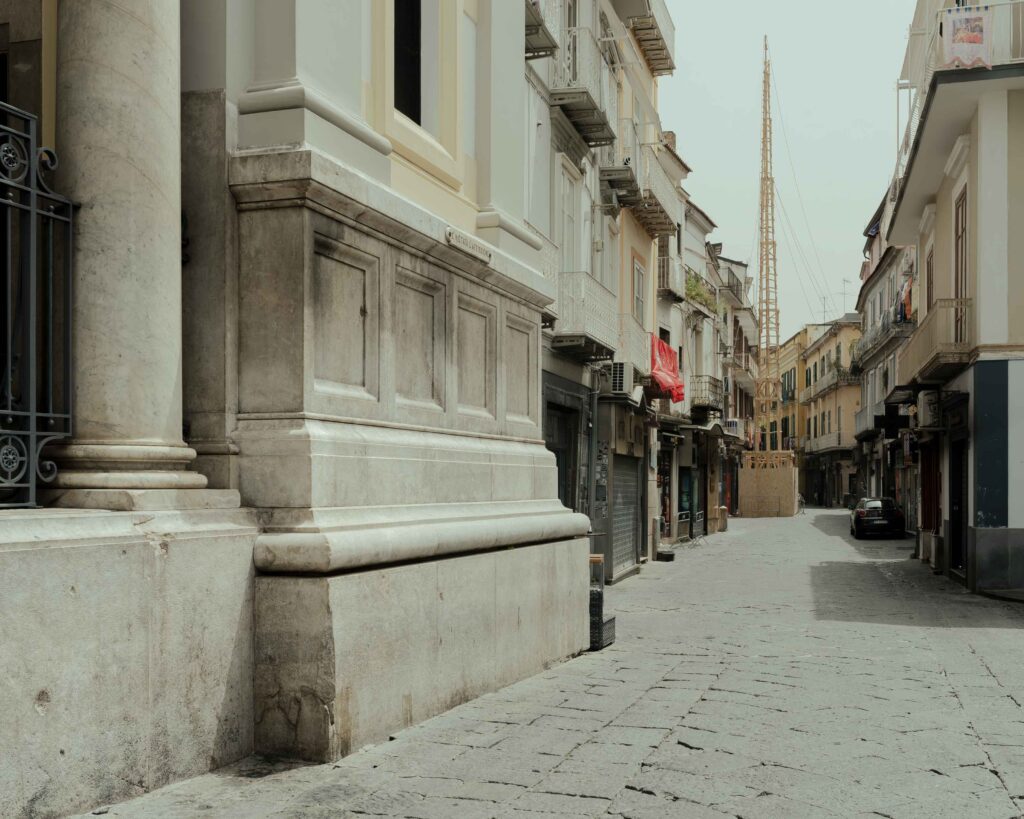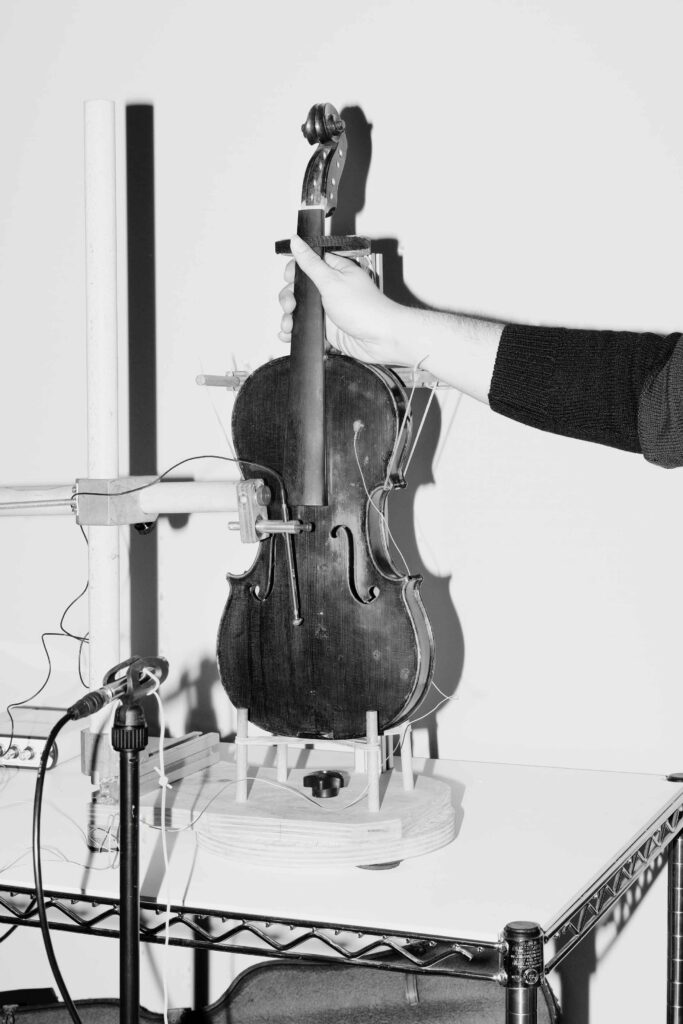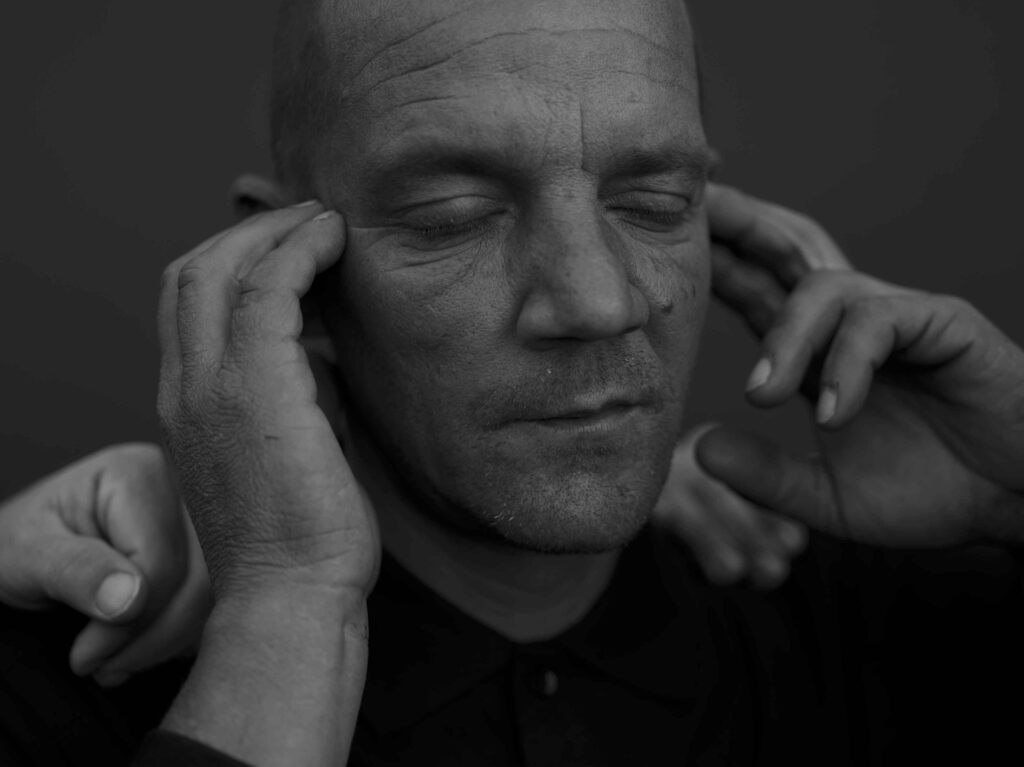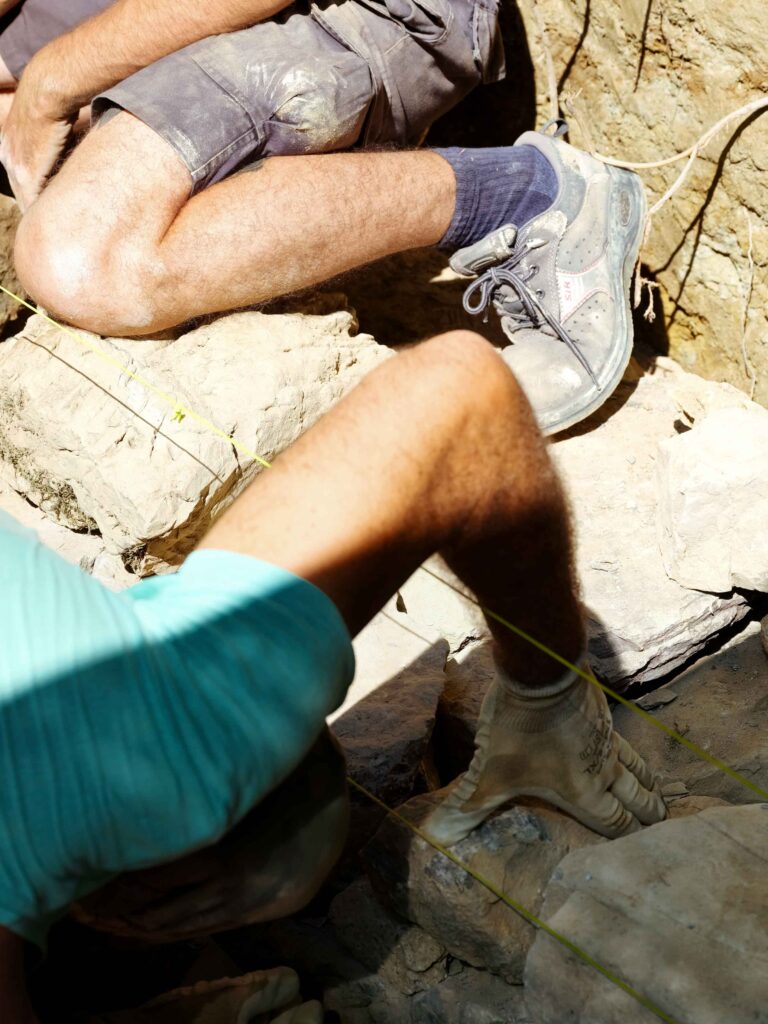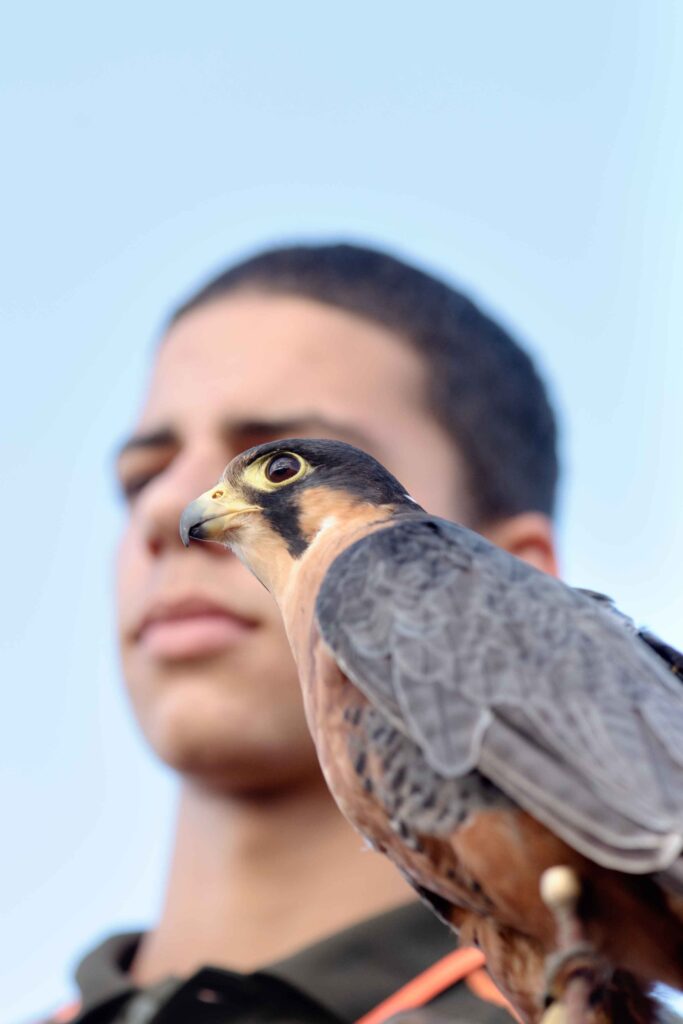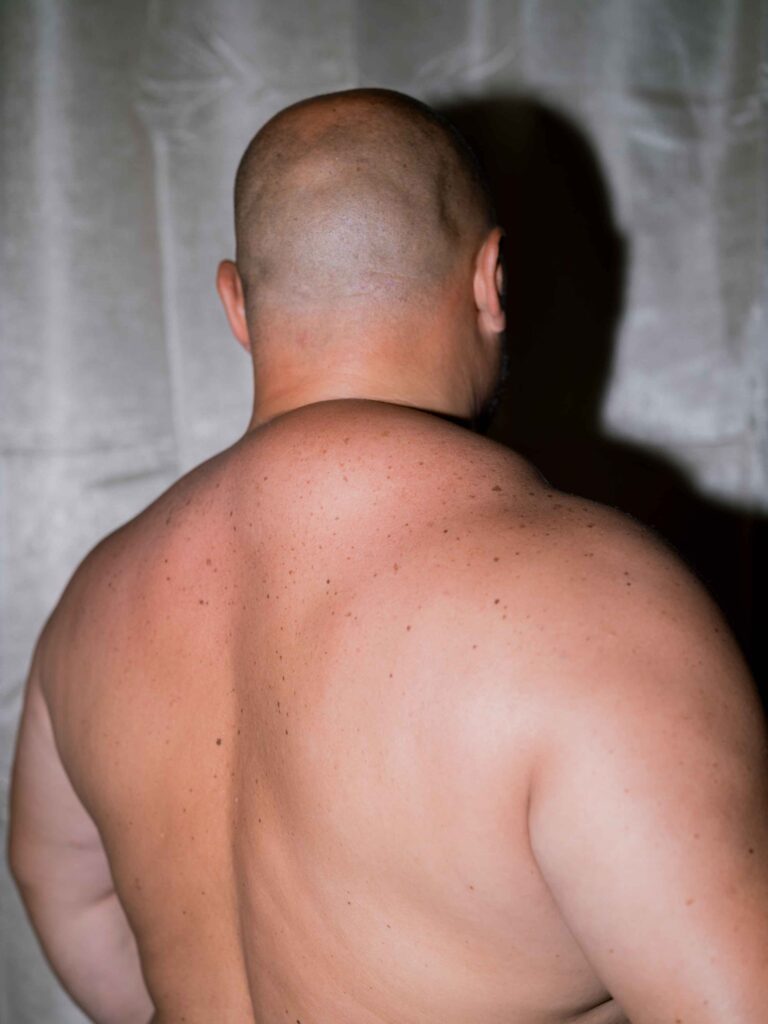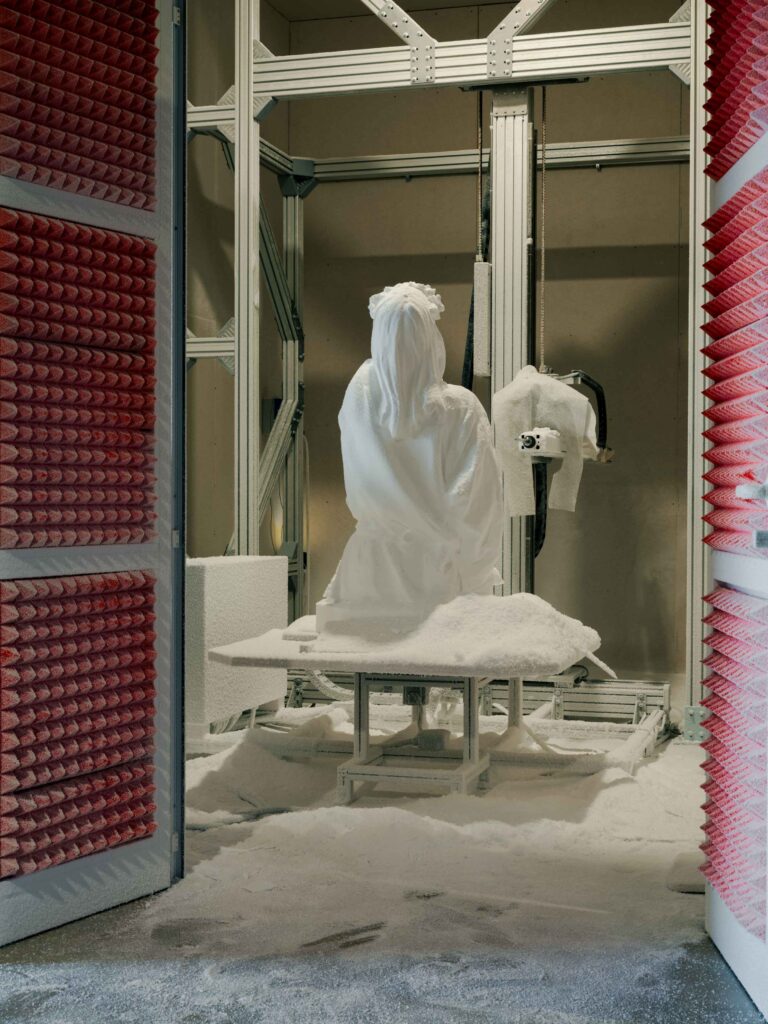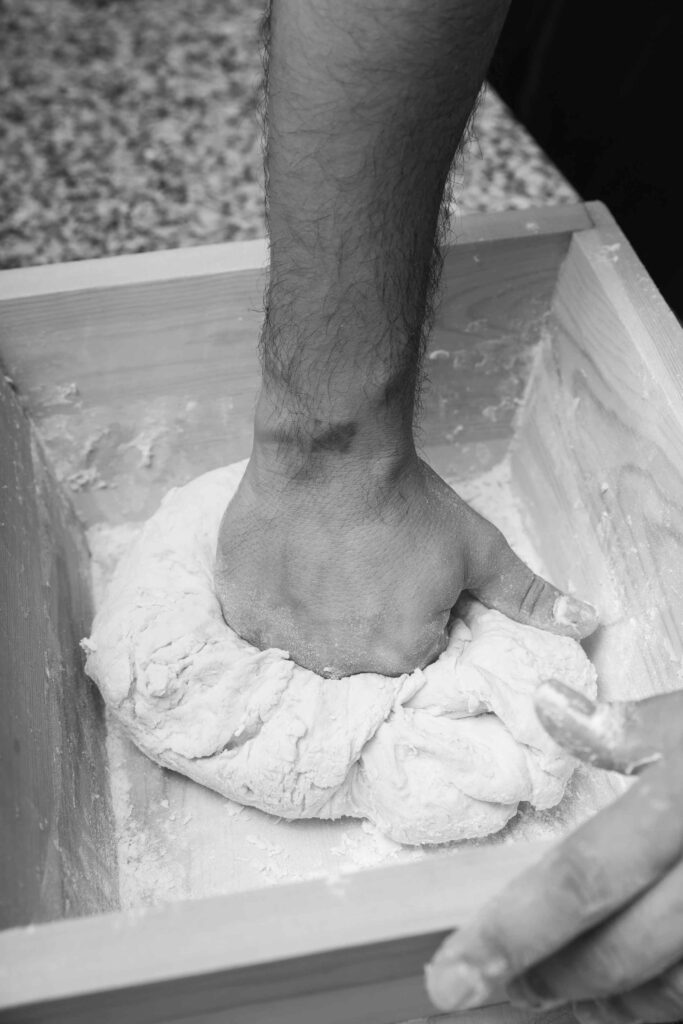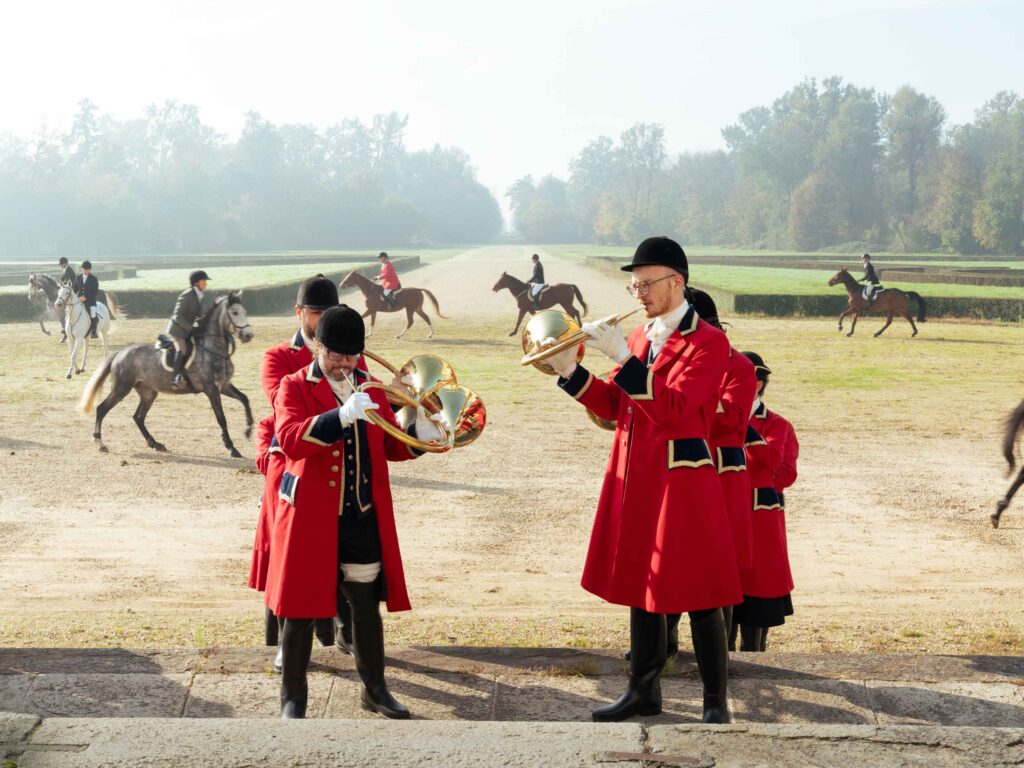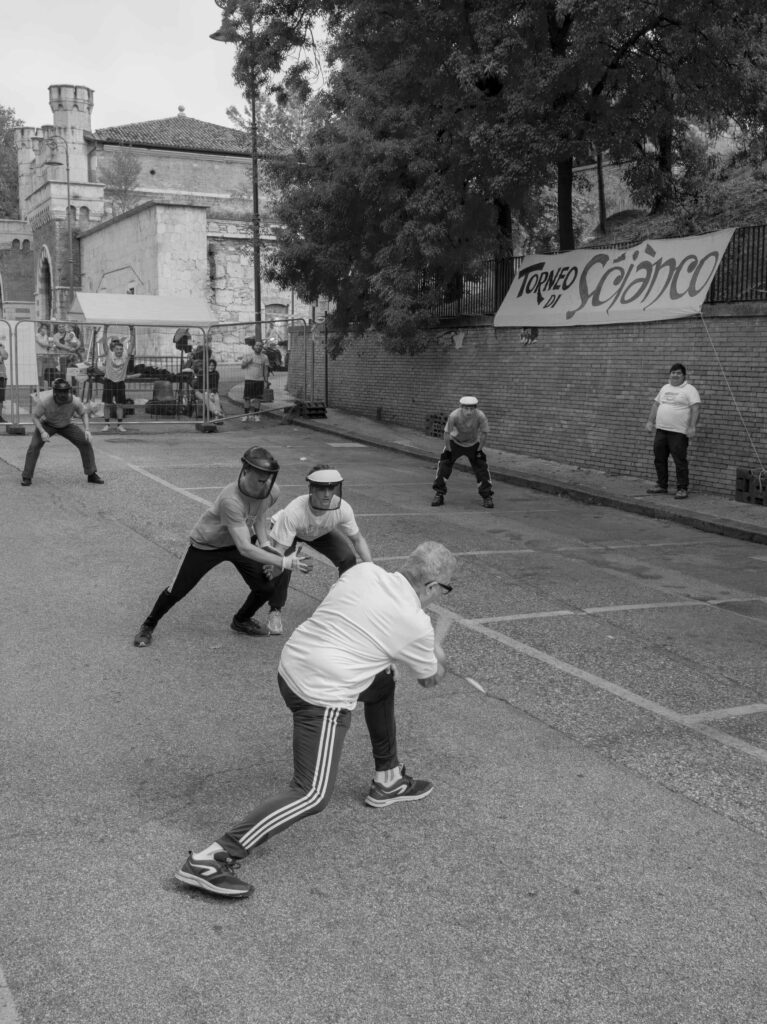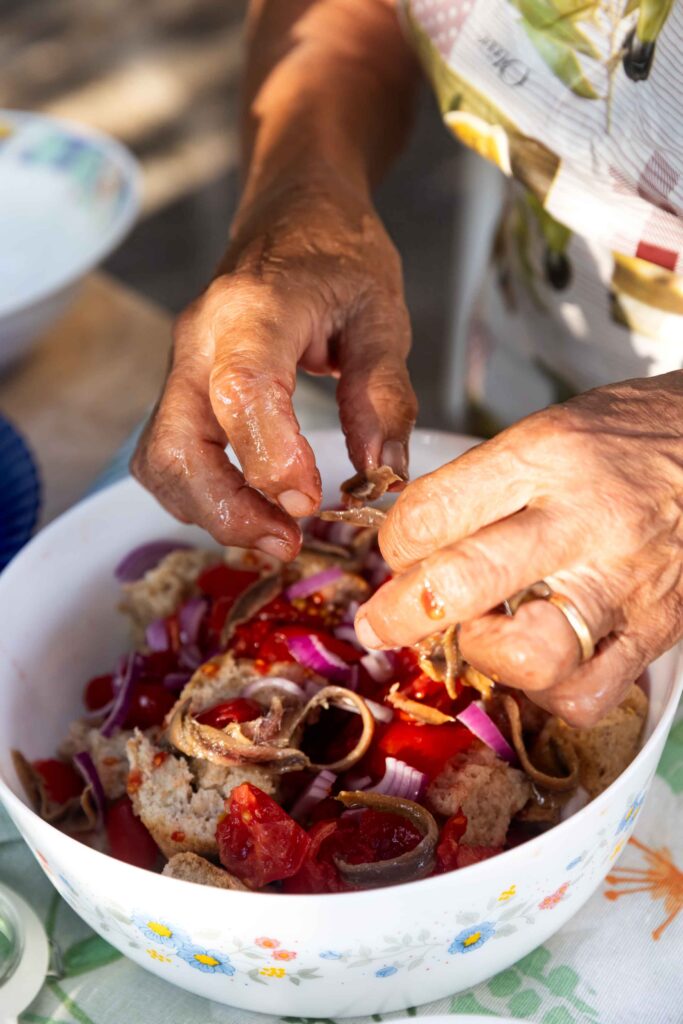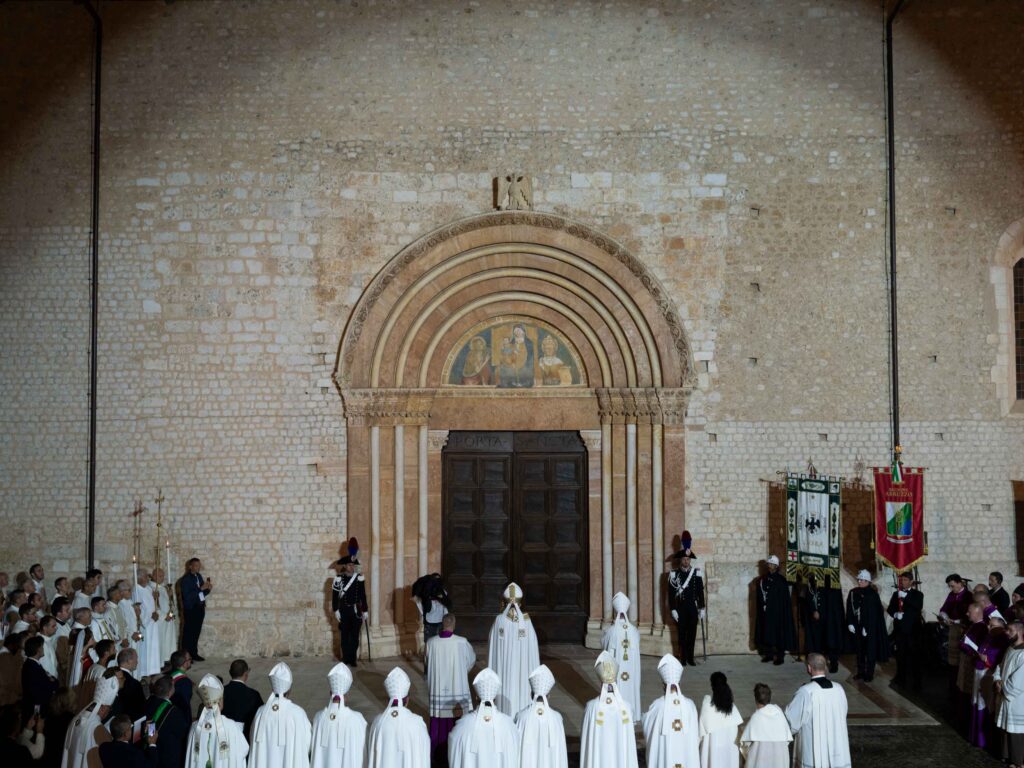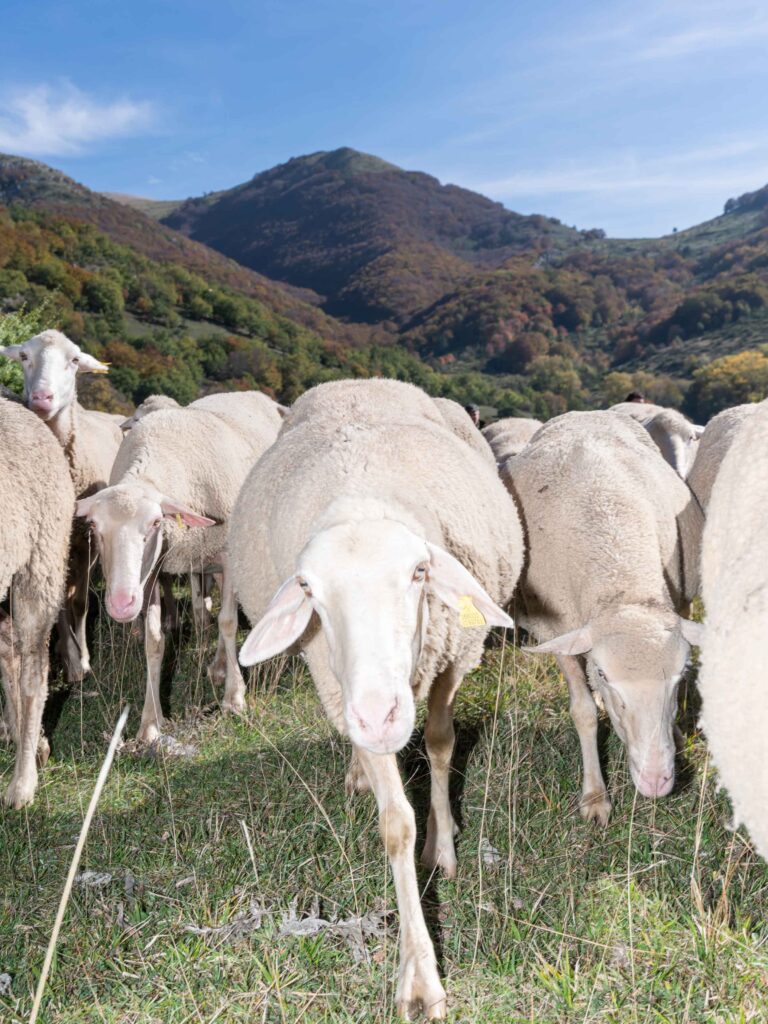UN:IT photographing intangible heritage – Preview
A dialogue between photography and UNESCO intangible cultural heritage in Italy.
Italy is traversed by an extraordinary diversity of knowledge, practices, ritual expressions and forms of sociality that UNESCO has recognized as an integral part of the Intangible Cultural Heritage of Humanity. These cultural expressions testify not only to a historical legacy, but also to the ways in which local communities reinterpret their own traditions, generating new synergies between past and present.
The UN:IT exhibition creates a dialogue between contemporary photography and these dynamic cultural processes. Nine authors of contemporary Italian photography have engaged with the communities that carry UNESCO-recognized practices, questioning – through the sensitivity of their own vision – the multiplicity of meanings, uses, and transformations. Each photographic project is born from a relationship: the images do not simply intend to document, but propose visual narratives that reflect experiences of encounter and exchange. They do not seek to fix a “tradition” in time, but accompany the expression, gestures, and contexts in which each UNESCO-recognized element manifests itself.
ARIANNA ARCARA explores sonic and playful universes: the “Musical art of horn players, an instrumental technique linked to singing, breath control, vibrato, resonance of place and conviviality” (2020, transnational element), which interweaves musical practices and hunting tradition, and “Tocatì, a shared programme for the safeguarding of traditional games and sports” (2022), a cultural program dedicated to the safeguarding of traditional games and sports.
FRANCESCA CIRILLI documents the adventurous dimension of “Alpinism” (2019, t.e.) and guides us through the dynamics of “Truffle hunting and extraction in Italy, traditional knowledge and practice” (2021).
GIULIA PARLATO captures the forms and expressiveness of “Opera dei Pupi, Sicilian puppet theatre” (2008) and the patient care of the “Traditional agricultural practice of cultivating the ‘vite ad alberello’ (head-trained bush vines) of the community of Pantelleria” (2014).
CAMILLO PASQUARELLI follows the path of the “Celestinian forgiveness celebration” (2019) and the routes of “Transhumance, the seasonal droving of livestock” (2023, t.e.), witnessing the profound connection between cultural heritage, community, and territory.
ALESSIO PELLICORO documents “Lipizzan horse breeding traditions” (2022, t.e.) and completes the documentation on “Celebrations of big shoulder-borne processional structures” (2013) with the Festa dei Gigli di Nola and the Varia di Palmi.
LEONARDO MAGRELLI brings to life the refined “Traditional violin craftsmanship in Cremona” (2012), where wood becomes music even before becoming instrument, and renders “Art of dry stone construction, knowledge and techniques” (2018, t.e.), cement-free architectures that have dialogued with the landscape for millennia.
ALESSANDRO TOSCANO takes us to the heart of Sardinia with his work on “Canto a tenore, Sardinian pastoral songs” (2008) and immerses us in the spectacle of the Faradda dei Candelieri of Sassari and the transport of the Macchina di Santa Rosa in Viterbo, part of the “Celebrations of big shoulder-borne processional structures” (2013).
ALESSANDRO VITALI explores the universe of food practices: “Art of Neapolitan ‘Pizzaiuolo’” (2017) and the reinterpretation of the “Mediterranean diet” (2013, t.e.), which evokes broader processes of cultural sharing in the Mediterranean.
MARTINA ZANIN surprises us with her gaze on the millennial practice of “Falconry, a living human heritage” (2021, t.e.), a silent dance between man and bird of prey that crosses borders and cultures, and on the precious delicacy of “The art of glass beads” (2020), where fire transforms sand into jewels of light.
FRANCESCO DE MELIS enriches the project with an original video work that traverses the entire corpus of research—over two thousand photographs—composing a visual and sonic score. His gaze crosses different geographies, times and practices, weaving unexpected connections and offering us a rhythmic and layered reading of this diverse cultural universe.
Ministry of Culture – Central Institute for Cataloguing and Documentation and UNESCO Office.
Project curated by Alessandro Coco, Fabrizio Magnani, Elena Musumeci, Elena Sinibaldi
Contributors: for UNESCO Office Sandra Condorelli, Roberta De Noto, Francesca Sani; for ICCD Marta Tonelli
Video: Francesco De Melis
